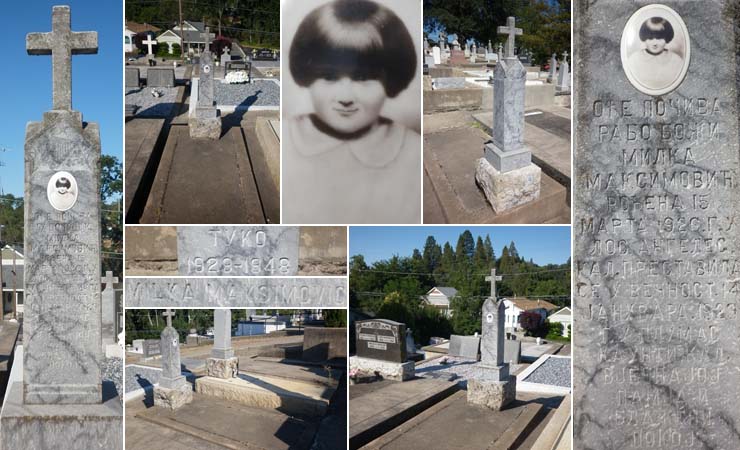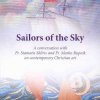Milka 1926 - 1929, Tuko 1929 - 1948
Prednja strana spomenika:
ОЂЕ ПОЧИВА
РАБО БОЖИЈИ
МИЛКА
МАКСИМОВИЋ
РОЂЕНА 15
МАРТА 1926. Г. У
ЛОС АНГЕЛЕС
КАЛ. ПРЕСТАВИЛА
СЕ У ВЕЧНОСТ. 14
ЈАНУВАРА. 1929
Г. У ПЛУМАС
КАУНТИ КАЛ.
ВЈЕЧНА ЈОЈ
ПАМЈА И БЛАЖЕНИ
ПОКОЈ.
Zadnja strana spomenika:
ТУКО
1929 - 1948






